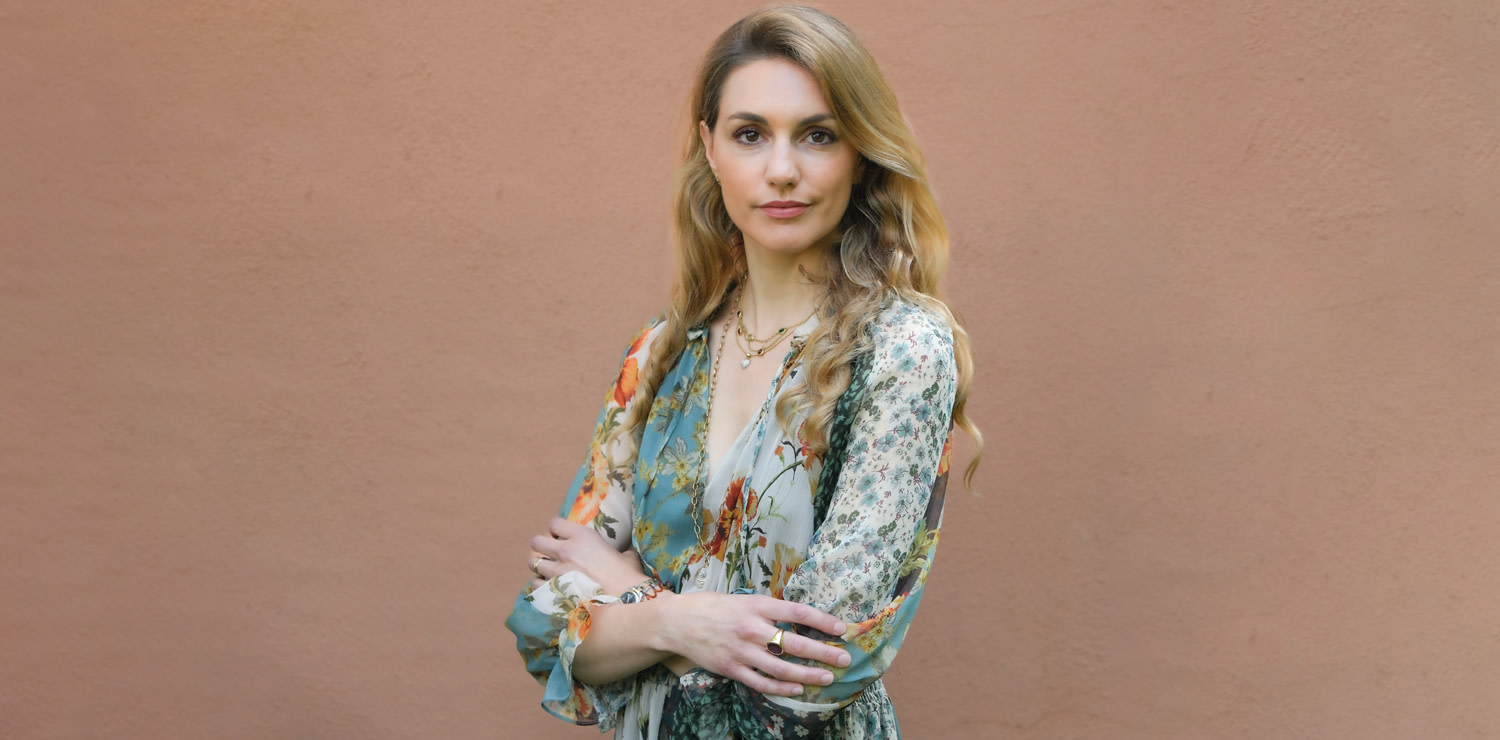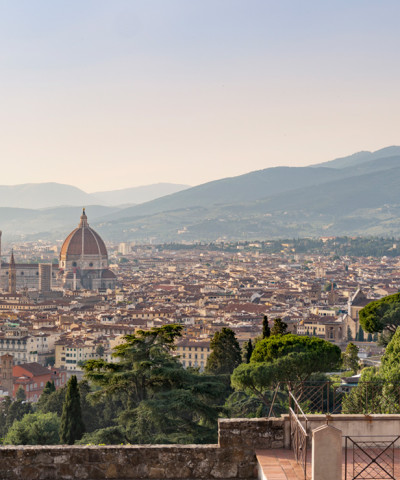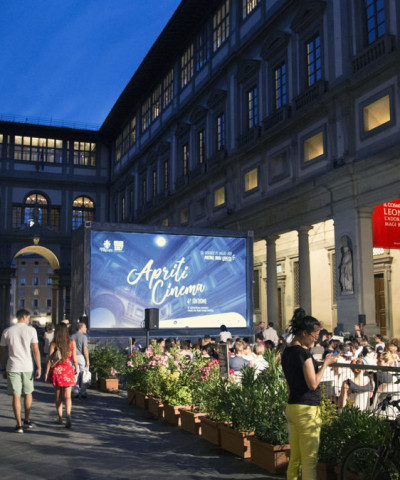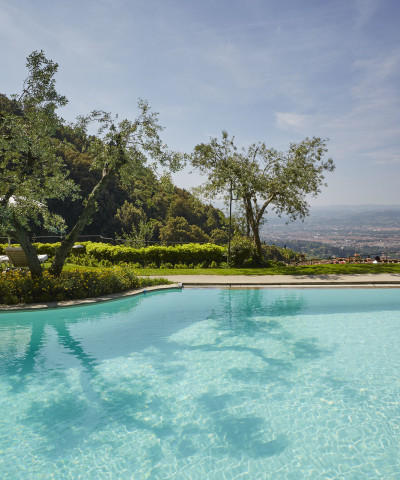Our interview with Simonetta Sancristoforo Cattaneo della Volta
Getting to know the descendant of Botticelli's Venus better
Simonetta Sancristoforo Cattaneo della Volta, this is her full name, is the descendant of the family of the beautiful Simonetta, better known by her husband’s last name, Marco Vespucci. The Cattaneos were and are one of the oldest and most illustrious Genoese families. The family’s genealogy traces back to Ingo della Volta, who was the ambassador of Genoa to Pavia for Federico Barbarossa. On that occasion he was named Cattaneo, that is, ‘capitano’ and he was granted the privilege of displaying the black eagle, the emblem of the Holy Roman Empire, on his coat of arms. The Cattaneos gave the Republic of Genoa five Dogi.
Simonetta was the daughter of Gaspare Cattaneo and of a member of the Spinola family. She married the Florentine Marco Vespucci, young and wealthy as well, in Genoa with great pomp. When she arrived in Florence, she was greatly admired for her beauty by everyone and Botticelli immortalized her in his paintings. She died at a very young age and was mourned and missed by all. The great artist requested and obtained to be buried next to her in the Church of Ognissanti, to be with her in death as in life.
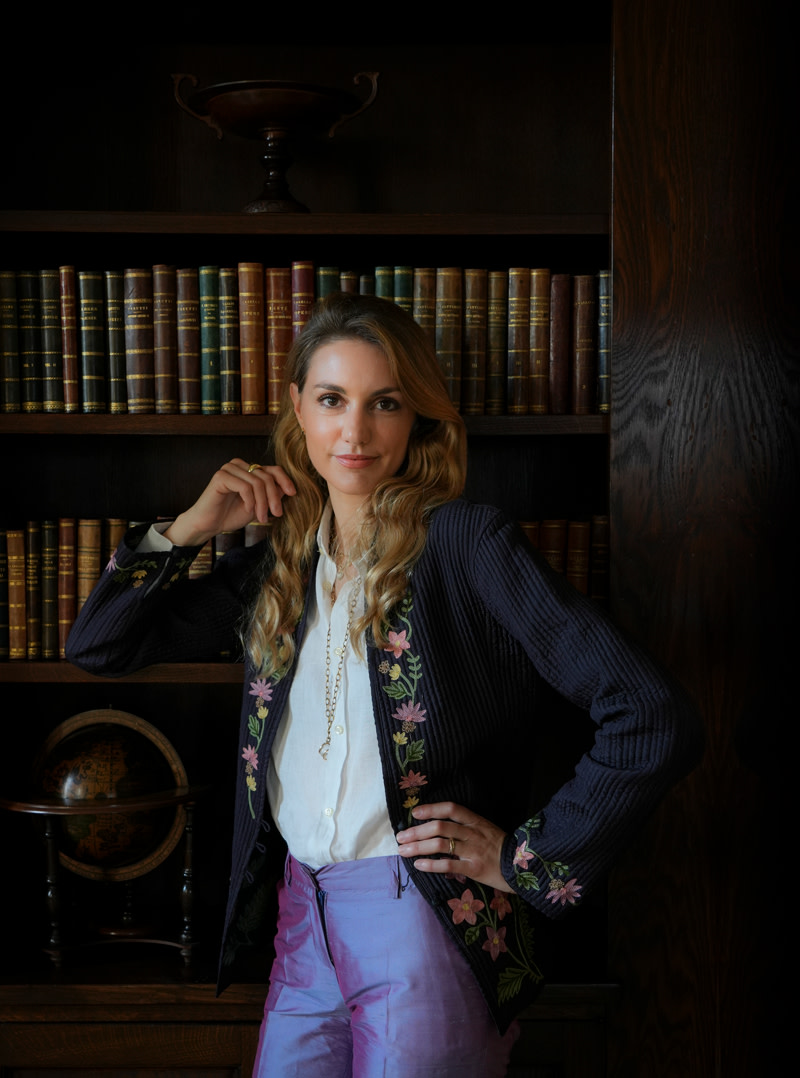 Simonetta Sancristoforo Cattaneo della Volta, after some years in London, where she worked for auction houses and a contemporary art gallery, she returned to Florence and she is now in charge of communication for Il Borro (ph. Marco Badiani)
Simonetta Sancristoforo Cattaneo della Volta, after some years in London, where she worked for auction houses and a contemporary art gallery, she returned to Florence and she is now in charge of communication for Il Borro (ph. Marco Badiani)Who is Simonetta Cattaneo today and what does she do?
After eight years in London, where I started off working for auction houses such as Sotheby’s and Christie’s, I worked for seven years at a contemporary art gallery, where I was in charge of promoting the artists. Then, when the pandemic broke out, in March 2020, I returned to Italy where I spent a beautiful period in the countryside, after which I decided to remain permanently in Italy and now I am in charge of communication for Il Borro, a prestigious relais chateaux and farm between Florence and Arezzo, owned by Ferruccio Ferragamo.
Please tell us about your bond with Florence and what you love about the city.
We owned a countryside house in Impruneta, so I’ve been coming to Florence ever since I was a child. After so many years abroad, I still feel deeply connected to this city, which is now my home. It’s like living in a 16th-century painting and I sometimes imagine Simonetta walking down the same streets that I do now. I find very interesting the fact that I ended up living in Florence just like she did, since she came from Genoa, and in the Borgo Ognissanti area, where she was buried.
How much does it weigh on you that you are the descendant and have the same name of the woman who was Sandro Botticelli’s muse for the painting of his Primavera? Is it challenging?
Rather than challenging, I see it as good fortune and as the symbol of the bond I have with my origins and my family. Something recurrent in our family, considering that my grandmother was the daughter of a Cattaneo and a Spinola just like Simonetta.
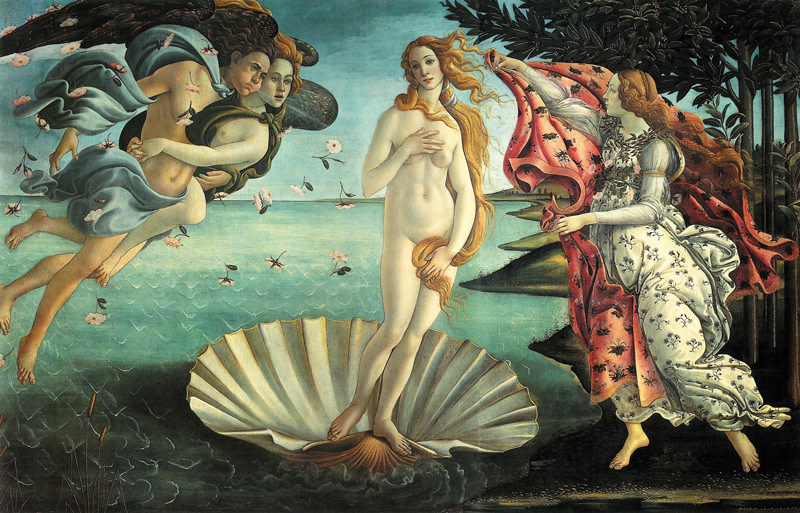 Birth of Venus by Botticelli, at the Uffizi Gallery
Birth of Venus by Botticelli, at the Uffizi GalleryWhat can we see in Florence that is associated with the name of Simonetta Cattaneo Vespucci?
In addition to the Uffizi Gallery, where you can admire Botticelli’s Primavera and Venere, there is the Church of San Salvatore in Ognissanti, a patronage of the Vespucci family, where Simonetta was buried and, with her, Sandro Botticelli whose wish was to be buried at the feet of the woman who inspired him so much. And Palazzo Medici Riccardi, certainly frequented by Simonetta, given that Giuliano de’ Medici was in love with her.
Simonetta was much more than a beautiful face. Among all the works with which artists and poets celebrated her beauty and personality, which is your favorite?
I choose the painting by Botticelli which is on show at Frankfurt’s Städel Museum. A profile portrait in which Simonetta has a very elegant and typical Renaissance hairstyle, with pearls in her hair and a beautiful necklace with medallion.






